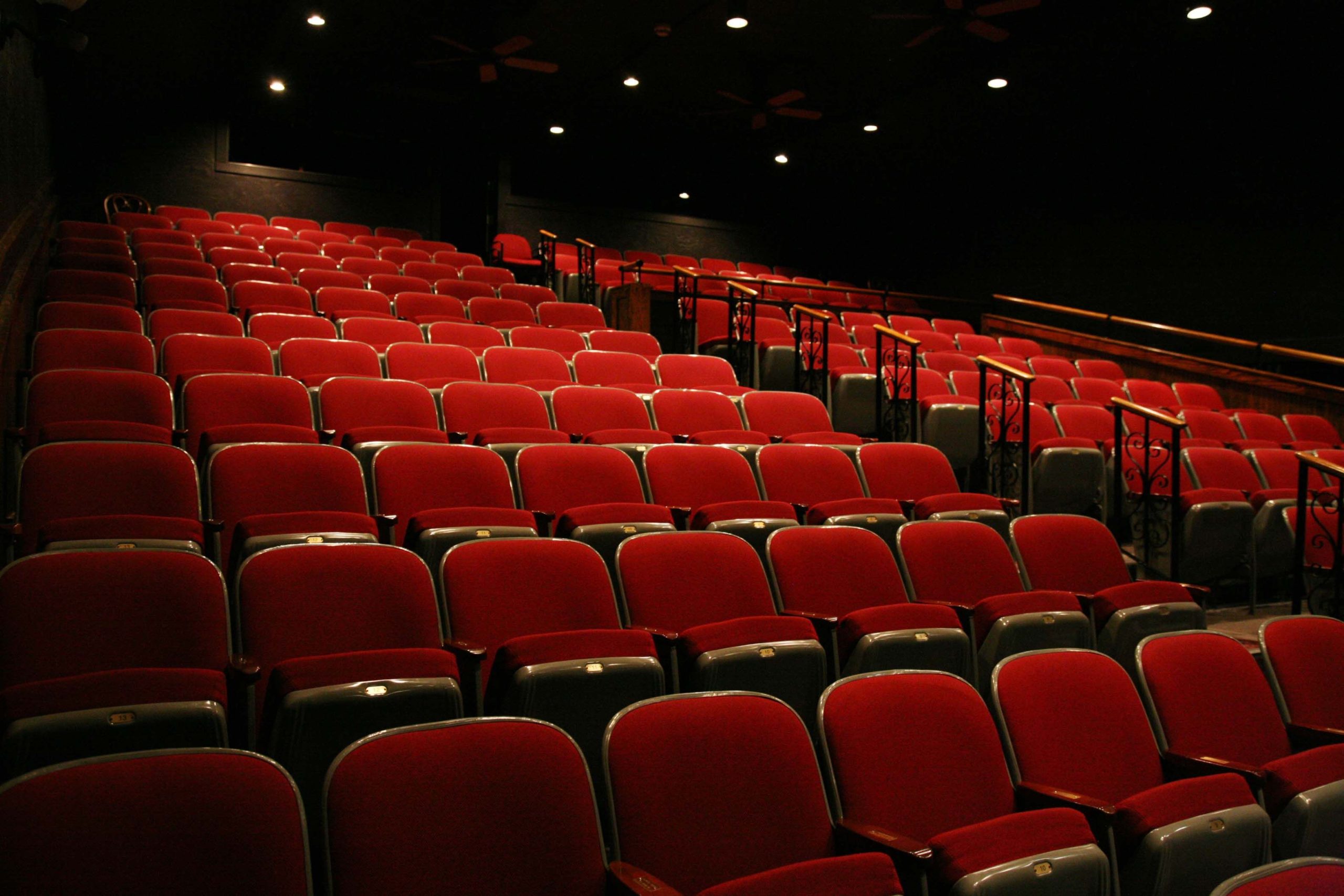Introduction to Art Cinema
Art cinema, often referred to as “art house” cinema, represents a distinct and culturally rich facet of the film industry. Unlike mainstream movies that prioritize mass appeal and commercial success, art cinema focuses on artistic expression, unique storytelling, and exploration of complex themes. Originating from the avant-garde movements of the early 20th century, art cinema challenges conventional filmmaking norms by emphasizing artistic vision over financial gain. This genre provides a platform for directors to experiment with narrative structure, cinematography, and character development, creating films that are both thought-provoking and visually stunning.
Historical Context and Evolution
The evolution of art cinema can be traced back to the early 1900s when filmmakers like Sergei Eisenstein and Jean Cocteau began pushing the boundaries of traditional filmmaking. The 1960s and 1970s marked a significant period of growth for art cinema, with the emergence of influential movements such as the French New Wave and Italian Neorealism. Directors like François Truffaut and Federico Fellini pioneered new techniques that emphasized personal vision and social commentary. Over the decades, art cinema has continued to evolve, embracing diverse styles and cultural perspectives, from the minimalist films of the 1990s to the global influences of the 21st century.
Characteristics of Art Cinema
Art cinema is characterized by its departure from mainstream filmmaking conventions. These films often feature unconventional narratives, experimental techniques, and a focus on character-driven stories. Unlike blockbuster movies, which typically follow a formulaic plot structure, art cinema embraces ambiguity and open-ended conclusions. The visual style of art cinema is also distinct, often incorporating long takes, unconventional framing, and symbolic imagery. Additionally, art cinema frequently explores complex themes such as existentialism, identity, and social issues, inviting viewers to engage in deeper reflections about the human condition.
Impact and Influence
The impact of art cinema extends beyond the realm of film, influencing various aspects of culture and society. These films have played a crucial role in shaping cinematic language and expanding the boundaries of artistic expression. The innovative techniques and narrative styles pioneered by art cinema have influenced mainstream filmmakers and inspired new generations of directors. Moreover, art cinema has fostered a greater appreciation for global cinema, introducing audiences to diverse cultures and perspectives. Festivals like Cannes and Venice showcase these films, contributing to their global recognition and highlighting the importance of artistic diversity in cinema.
Conclusion: The Future of Art Cinema
As the film industry continues to evolve, art cinema remains a vital and dynamic component of cinematic culture. Despite the challenges posed by digital streaming and shifting audience preferences, art cinema continues to thrive through its commitment to artistic integrity and innovation. The genre’s ability to challenge conventions, explore profound themes, and provide a platform for diverse voices ensures its enduring relevance. As we look to the future, art cinema will undoubtedly continue to inspire and captivate audiences, affirming its place as a cornerstone of creative expression in the world of film.artcinema

